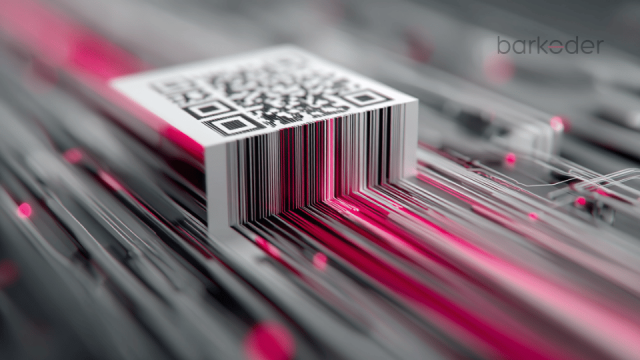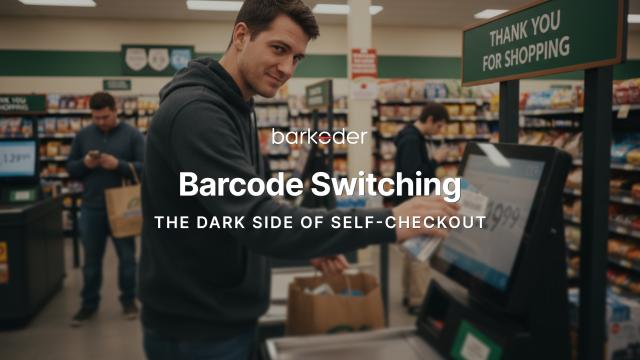
We have tested barKoder, Scandit, DynamSoft, Scanbot and Cognex barcode scanners
Testing is the most critical aspect of barcode scanning SDK
Accuracy and reading rate are vital metrics, especially when it comes to scanning damaged, low-resolution and blurred barcodes often encountered in real-world scenarios, where environmental conditions or wear and tear may compromise their readability. In that regard we conducted a series of tests, with the underlying statistical information and analysis shared publicly in this blog post.
In our pursuit of excellence in terms of mobile & web barcode scanning and to ensure that our barcode scanning SDKs are robust and reliable, we have conducted extensive testing taking in mind various conditions and environmental factors. Our methodologies involve subjecting our scanners to a wide range of barcode images, including those intentionally damaged, low in resolution, or blurred to a varying degree. Through these rigorous tests, we aim to assess the performance of our technology in adverse conditions in order to try to identify areas for improvement.
The statistical information gathered from these tests provide valuable insights into the effectiveness of the unique barcode scanning algorithms that are part of the barKoder SDK. We analyze factors such as recognition rate, the time taken to scan damaged or blurred barcodes, and the accuracy of the decoded data. By examining these metrics, we gain a comprehensive understanding of our system's capabilities and limitations, allowing us to refine our algorithms and enhance the overall performance.
In continuation, we delve into the details of our testing process and share key findings and analysis. We believe that transparency is essential in demonstrating the reliability of our barcode scanning solutions, and we are committed to providing our customers with accurate and insightful information.
Comparing Data Matrix Scanning Performance
In addition to the 29 samples of blurred, damaged, conditioned, aged and otherwise altered Data Matrix codes, we also incorporated various lighting conditions, angles, and backgrounds to simulate real-world scenarios. This meticulous approach enabled us to thoroughly evaluate the performance and resilience of our system across a wide spectrum of challenging environments. By subjecting our technology to such rigorous testing, we are confident in its ability to deliver accurate and dependable results, even in adverse conditions. The final result put barKoder with the highest score (89.66%), with Scandit second (65.52%) and Cognex last (48.28%). For barKoder, only 3 samples couldn’t be reliably scanned.
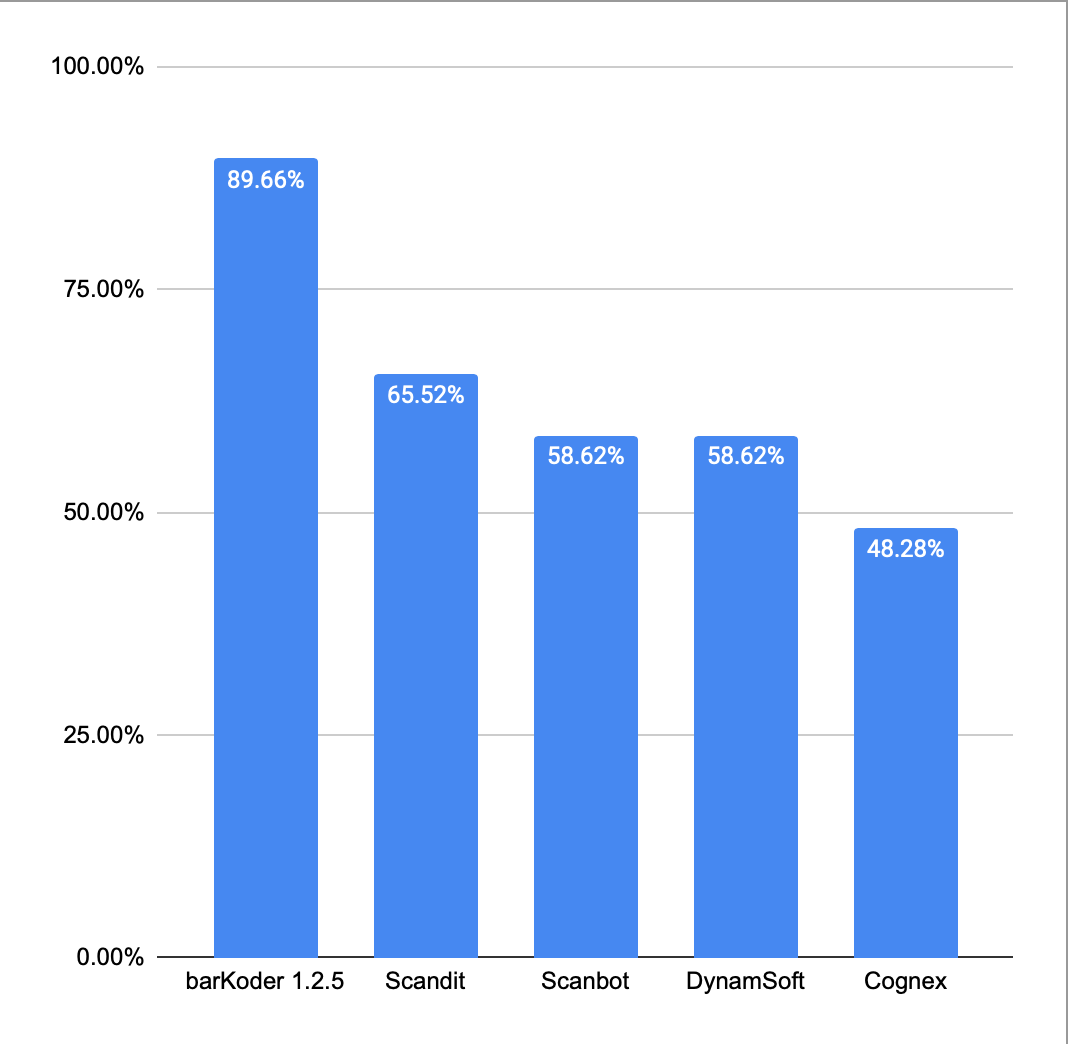
Blurred EAN & UPC Barcode Reading
Throughout our rigorous testing and quality control procedures, we encountered a total of 55 blurred barcode samples that were very difficult to be read with the available software-based barcode scanner SDK's. Addressing the issue of blurred barcodes proved to be a recurrent challenge, often resulting in errors, delays and notable spikes in operational costs. As blurred barcodes are a common hurdle in scanning processes, our focus on mitigating this obstacle was paramount to ensuring the efficiency and reliability of our operations. Through advanced algorithms and meticulous optimization, we aimed to minimize the impact of blurred barcodes on our workflow, presenting the opportunity to enhance productivity and reduce overhead expenses. Again, the barKoder SDK edged all competitor products achieving the highest score at 89.09%, with Scandit following with 80% accuracy, while Cognex getting the lowest score of 0% readability.
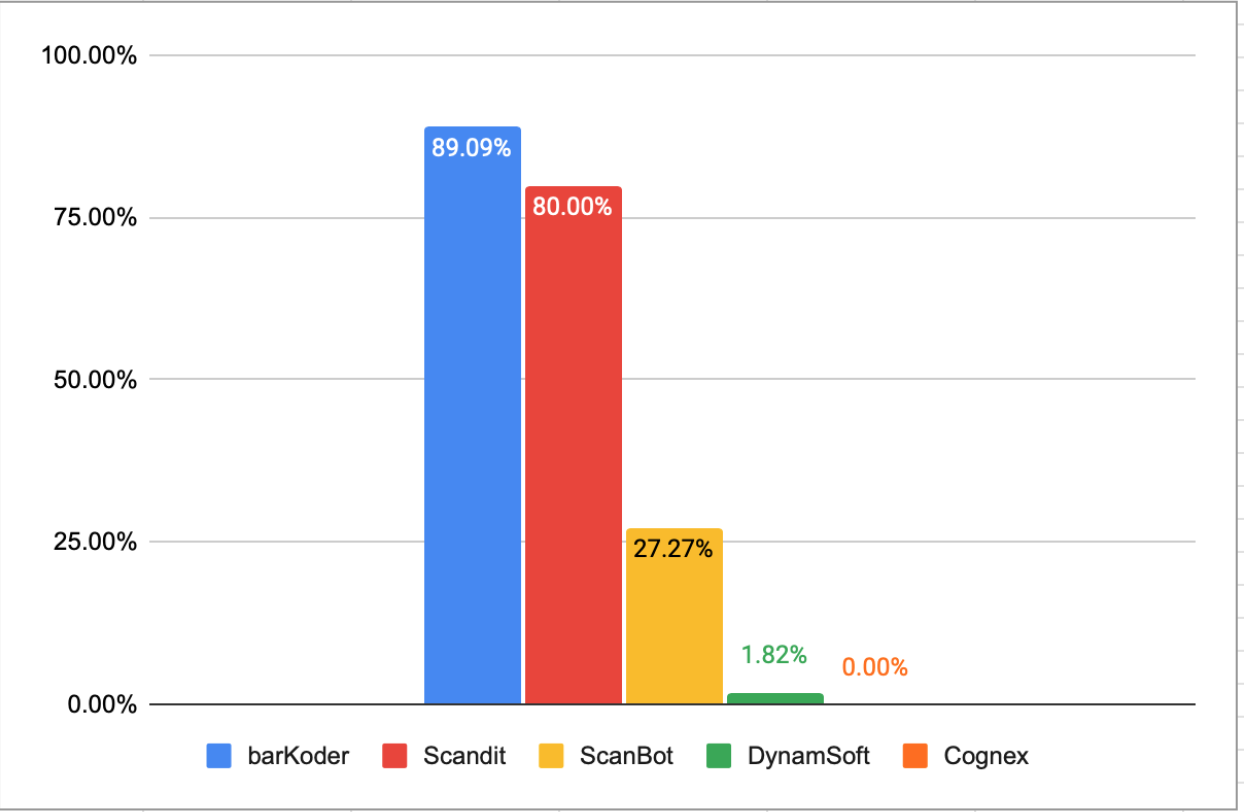
Direct Part Marking (DPM) Scanning
barKoder's latest breakthrough comes in the form of an advanced Direct Part Marking (DPM) scanning algorithm, designed to tackle the challenge of reading even the most intricate and hard-to-recognize DPM Data Matrix barcodes. This cutting-edge feature, now accessible to mobile developers, offers unparalleled capability for integration into both enterprise and consumer-facing applications, ushering in a new era of efficiency and reliability in barcode scanning technology.
Throughout the rigorous testing phase, barKoder's enhanced algorithm demonstrated its prowess by successfully decoding a total of 25 out of the 26 DPM Data Matrix samples. This comprehensive testing process underscored the algorithm's robustness and effectiveness in handling the complexities inherent in DPM barcode scanning, reaffirming its position as a game-changing solution for businesses across various industries. With our breakthrough technology at their disposal, developers can empower their applications with the ability to seamlessly read and process DPM barcodes, thereby streamlining workflows and enhancing user experiences.
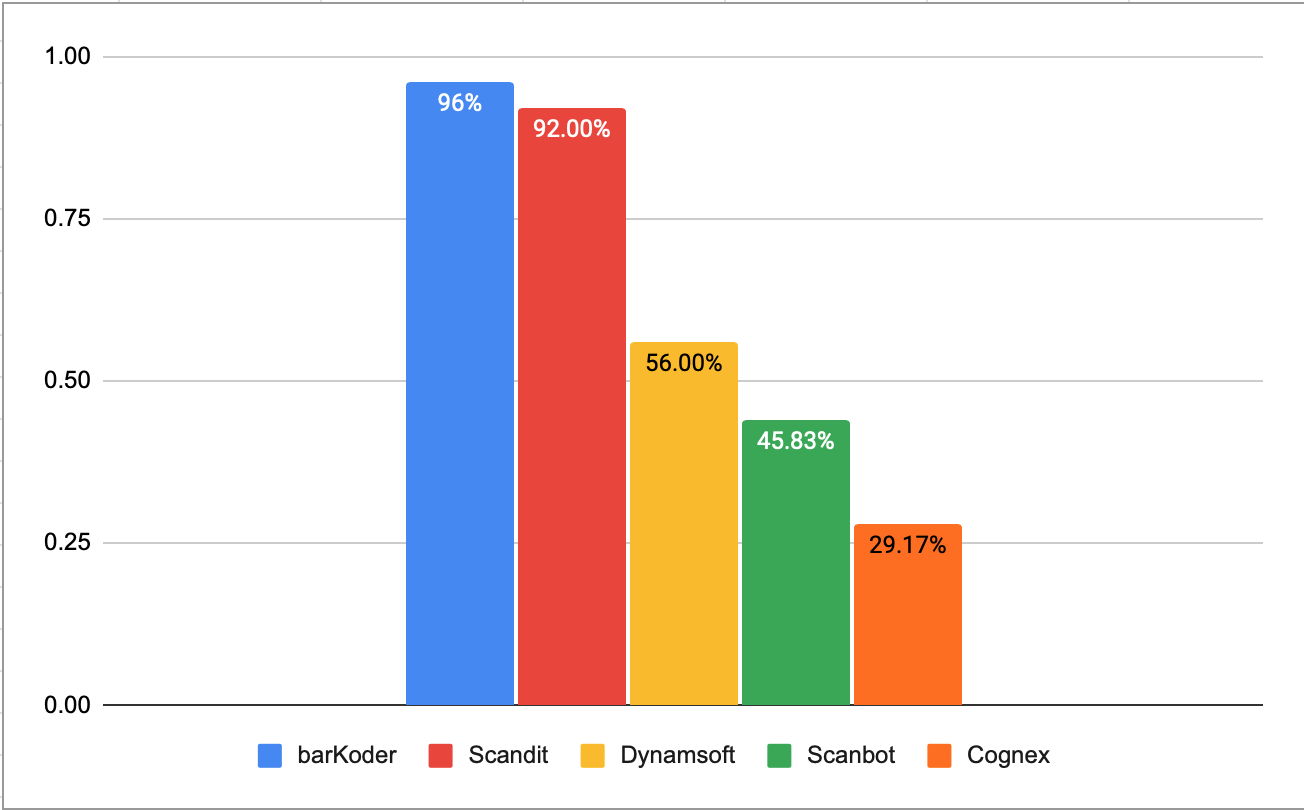
DotCode Scanning Performance
The emergence of DotCode as a barcode standard, spearheaded by the Automatic Identification and Mobility (AIM) industry association, marks a significant advancement in barcode technology. Engineered to excel in high-speed printing environments, DotCode offers a streamlined structure optimized for rapid production processes. Industries such as packaging and logistics, characterized by the imperative to efficiently label a vast quantity of items in minimal timeframes, have particularly embraced this innovative barcode solution. As DotCode continues to gain traction as a preferred barcode standard, its potential to revolutionize efficiency and productivity in industries reliant on rapid labeling processes becomes increasingly apparent. With its ability to seamlessly integrate into existing workflows, DotCode stands as a testament to the ongoing evolution of barcode technology towards greater speed, accuracy and scalability.
During our extensive testing procedures to benchmark the DotCode recognition capabilities, we meticulously assessed the performance of all competitor DotCode scanning algorithms, utilizing 34 samples across various applications and scenarios. barKoder again got the highest reading accuracy of 97.06%, while Dynamsoft scored lowest with a 0% accuracy. Scanbot wasn’t part of this test since it doesn’t support DotCode scanning.

VIN Scanning
The process of scanning Vehicle Identification Number (VIN) barcodes serves as a cornerstone for ensuring the precision and effectiveness of systems or tools utilized in their interpretation. VINs, as unique identifiers assigned to individual vehicles, are encapsulated within barcodes, making accurate scanning pivotal across various sectors of the automotive industry. From automotive manufacturing to insurance and law enforcement, the accurate retrieval of data encoded within VIN barcodes holds significant importance and as a result, efficient data retrieval is paramount in applications where time and reliable information is essential. Whether verifying vehicle authenticity, processing insurance claims, or conducting law enforcement investigations, the ability to swiftly and accurately scan VIN barcodes streamlines operations and enhances overall efficiency.
During our comprehensive testing regimen, a total of 17 VIN barcode samples were utilized. This diverse set included barcodes encoded in formats such as Code 39, Code 128, Data Matrix and QR Code, reflecting the wide array of barcode standards prevalent in automotive applications. The reading rate of barKoder scored 87.5%, almost double the rate of any of the competitor products that were subjected to the same test.

Conclusion
The barKoder Barcode Scanner SDK passed all the tests with flying colors and firmly in front of its competitors. While reading speed and accuracy are the most vital metrics for measuring the performance of a barcode scanning SDK product, scanning damaged, low-resolution and blurred barcode samples is just as, if not more vital. An average scanner can scan around 90% of the samples found in the environment, but the 10% that are usually damaged or distorted that not every scanner can extract data from is exactly where the barKoder SDK shines the brighter, even putting hardware scanners to shame.
As a reminder, we previously compared the barKoder SDK with open-source alternatives, such as ZXing and Google's ML Kit.
As well as this, you may also want to take a look at the new tests that we performed on PHF417 on this blog: Comparative analysis of barKoder's PDF417 scanning performance in comparison to those of other barcode scanner development kits
If you wish to conduct similar tests, we put together a testing sheet specially for such a purpose, where most of the barcode samples that we used while performing the above tests can be found along with detailed description of the unique features of the barKoder SDK.





